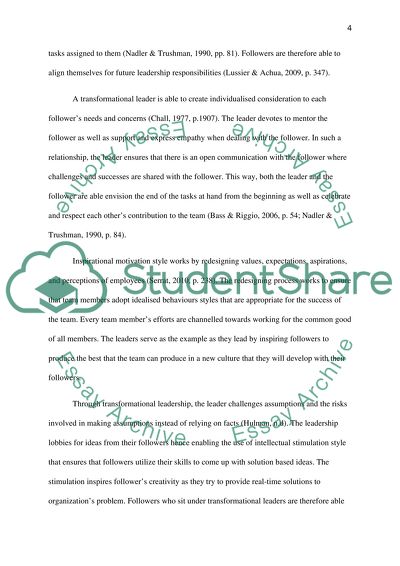Cite this document
(“CRITICALLY EVALUATE TWO LEADERSHIP THEORIES (TRANSFORMATIONAL AND Essay”, n.d.)
Retrieved from https://studentshare.org/human-resources/1669700-critically-evaluate-two-leadership-theories-transformational-and-autocratic-leadership-theories
Retrieved from https://studentshare.org/human-resources/1669700-critically-evaluate-two-leadership-theories-transformational-and-autocratic-leadership-theories
(CRITICALLY EVALUATE TWO LEADERSHIP THEORIES (TRANSFORMATIONAL AND Essay)
https://studentshare.org/human-resources/1669700-critically-evaluate-two-leadership-theories-transformational-and-autocratic-leadership-theories.
https://studentshare.org/human-resources/1669700-critically-evaluate-two-leadership-theories-transformational-and-autocratic-leadership-theories.
“CRITICALLY EVALUATE TWO LEADERSHIP THEORIES (TRANSFORMATIONAL AND Essay”, n.d. https://studentshare.org/human-resources/1669700-critically-evaluate-two-leadership-theories-transformational-and-autocratic-leadership-theories.


